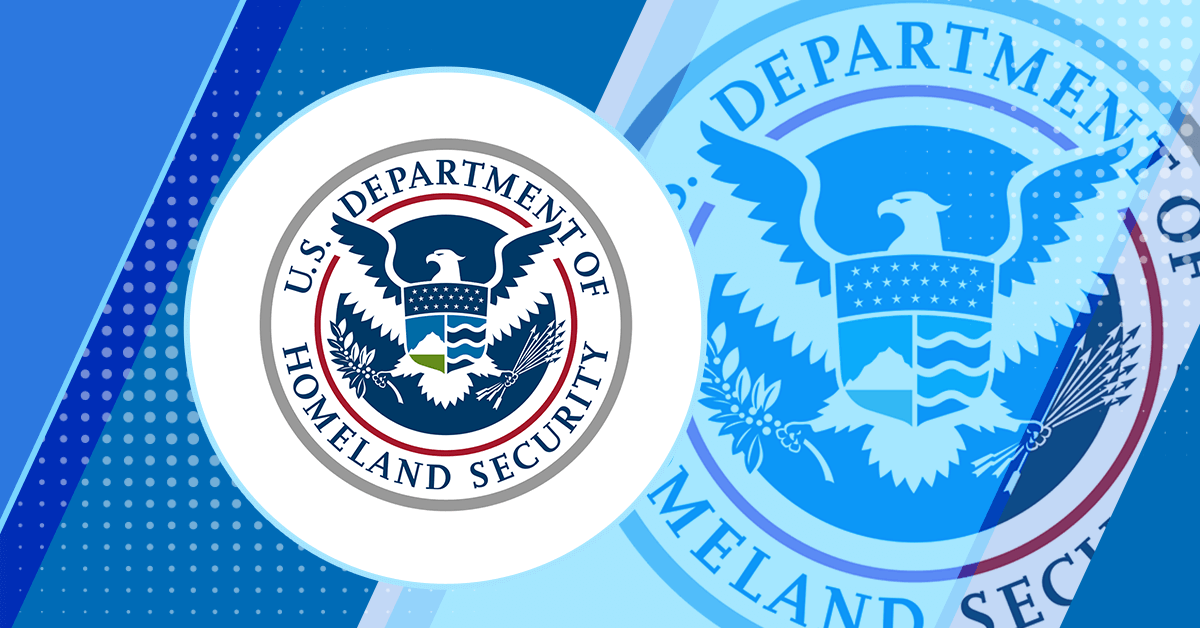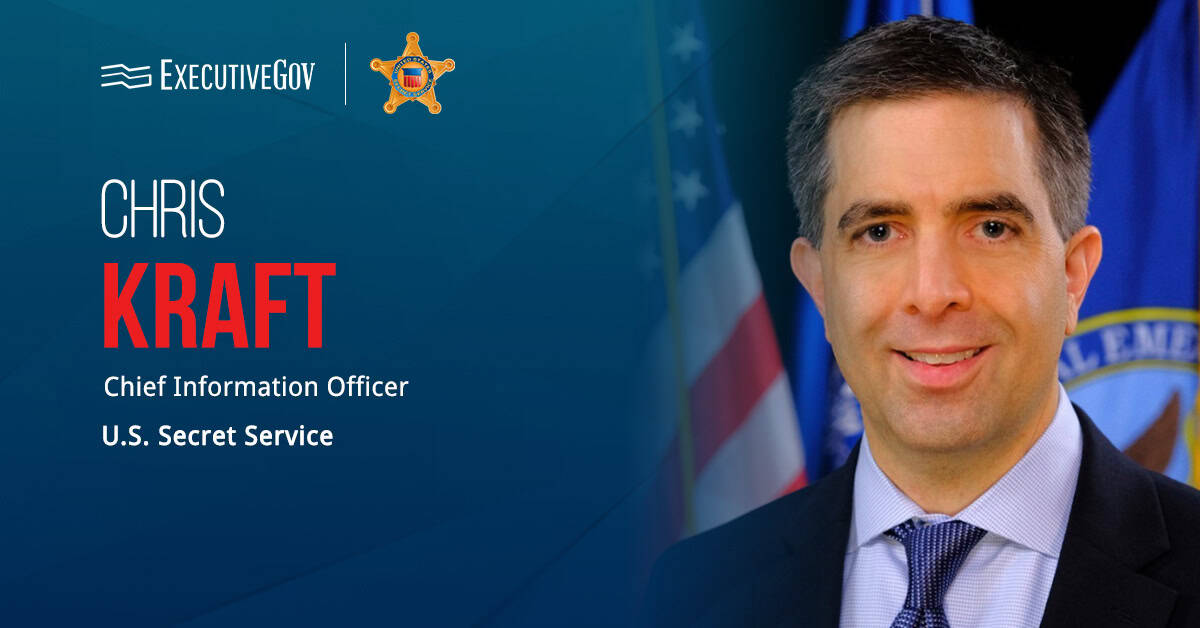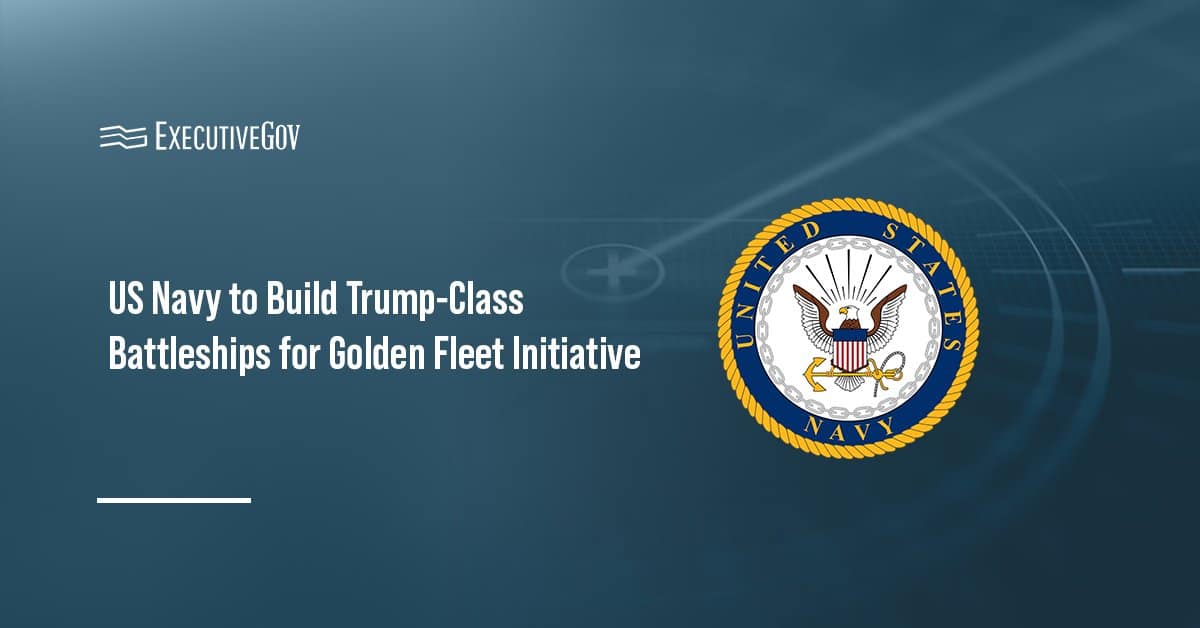The Department of Homeland Security Science and Technology Directorate has unveiled a new toolset designed to protect critical infrastructure.
DHS S&T said the Global Navigation Satellite System, or GNSS, Test Vector Suite and Distribution Methodology is now accessible on GitHub.
Table of Contents
Enhancing PNT Systems
This initiative supports Executive Order 13905, which prioritizes positioning, navigation and timing, or PNT, systems for the energy, transportation and telecommunications sectors. The new resource enhances PNT systems, which rely on accurate GNSS signals, by reinforcing critical services against natural events, technical failures, cyber threats and other disruptions. It equips critical infrastructure owners and operators with the ability to independently assess and boost their system’s resilience through test scenarios that comply with assessment standards.
What Is the GNSS Test Vector Suite?
The GNSS Test Vector Suite is a collection of test scenarios and specialized tools designed to evaluate equipment performance when confronted with signal interference, spoofing attempts, and other challenges. Through the new toolset, developers and testers can generate simulated data and convert it into signals mimicking real-world GNSS systems. They can then feed the signals into designated GNSS devices or PNT equipment to assess how their systems handle simulated disruptions.
“Accurate and precise positioning, navigation and timing information is vital to the nation’s critical infrastructure and is the backbone of the many services we depend on daily, from keeping our lights on to ensuring planes land safely,” said Julie Brewer, acting under secretary for science and technology at DHS. “This new toolset gives people responsible for safeguarding these systems a way to independently test and strengthen them, ensuring our nation’s infrastructure is more secure against potential disruptions.”





